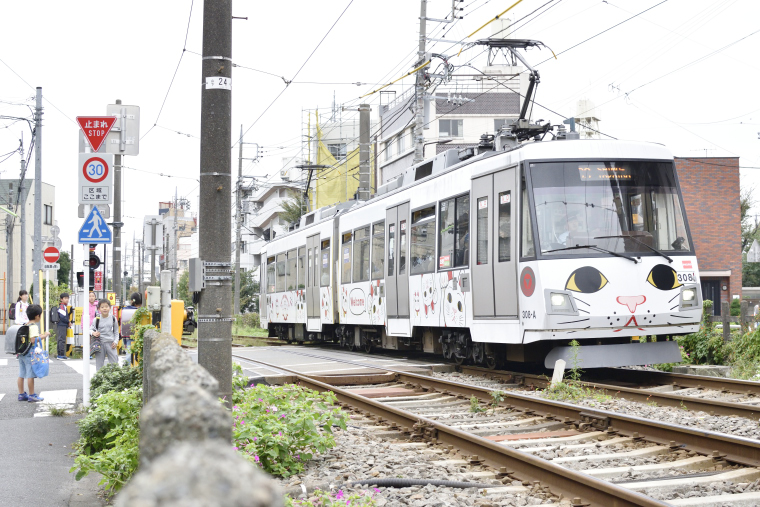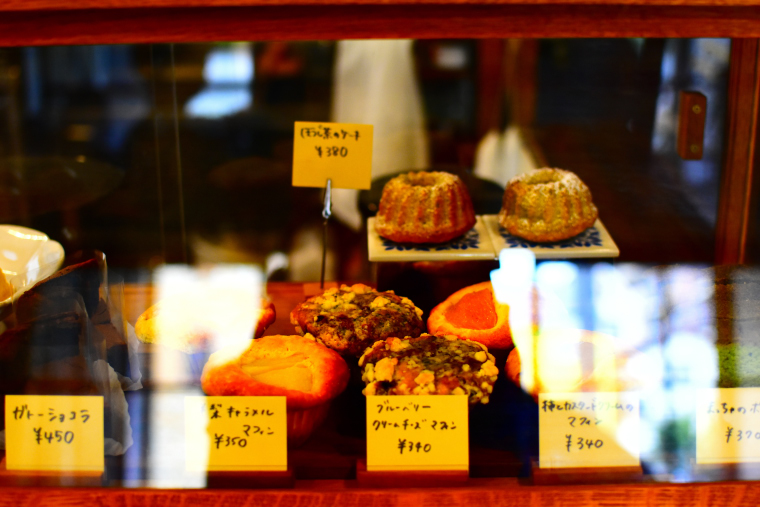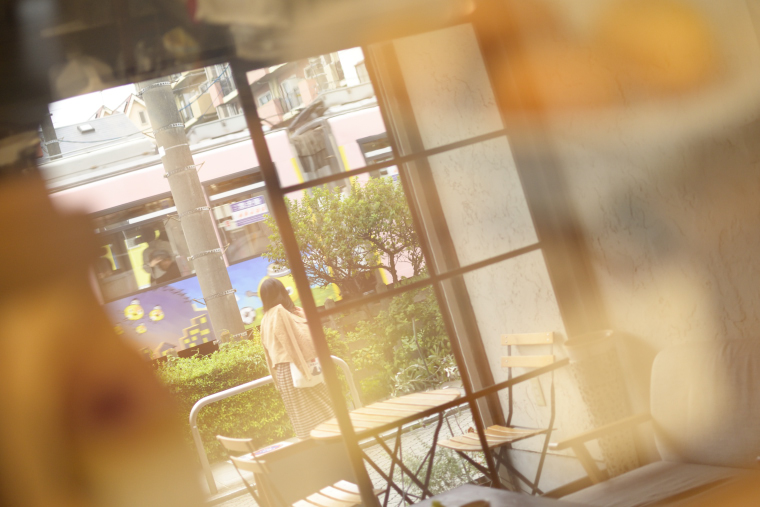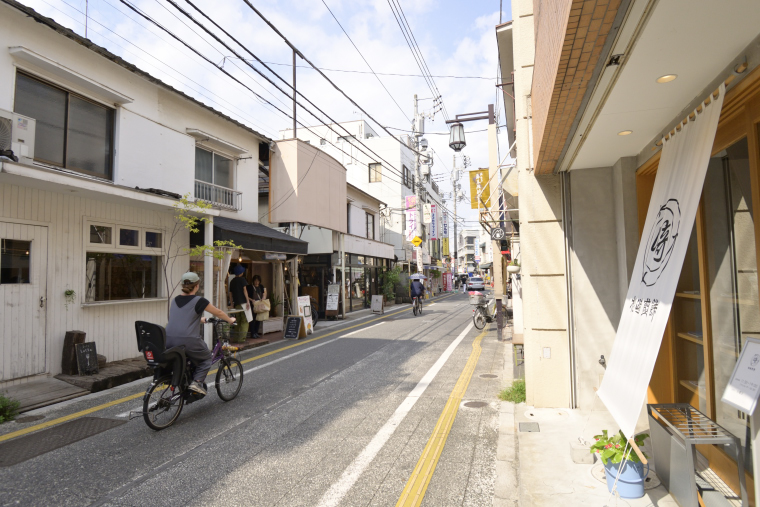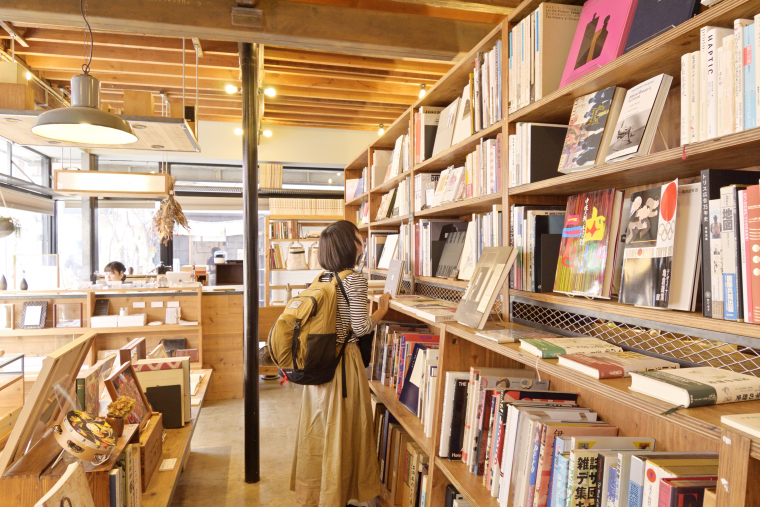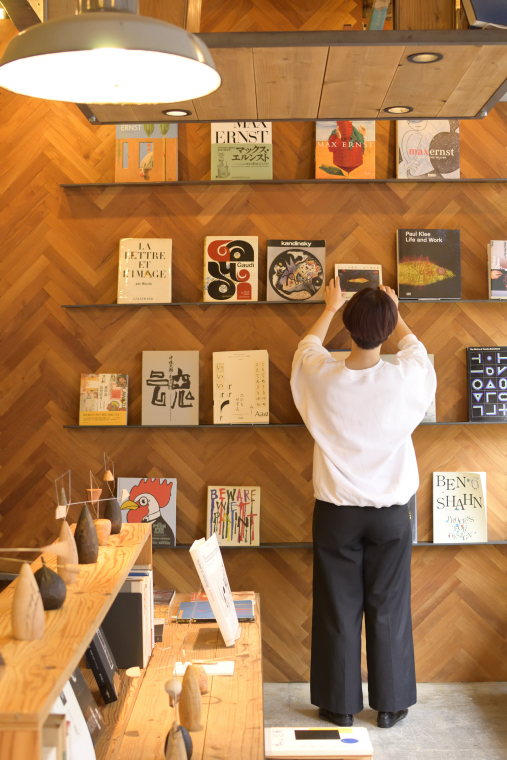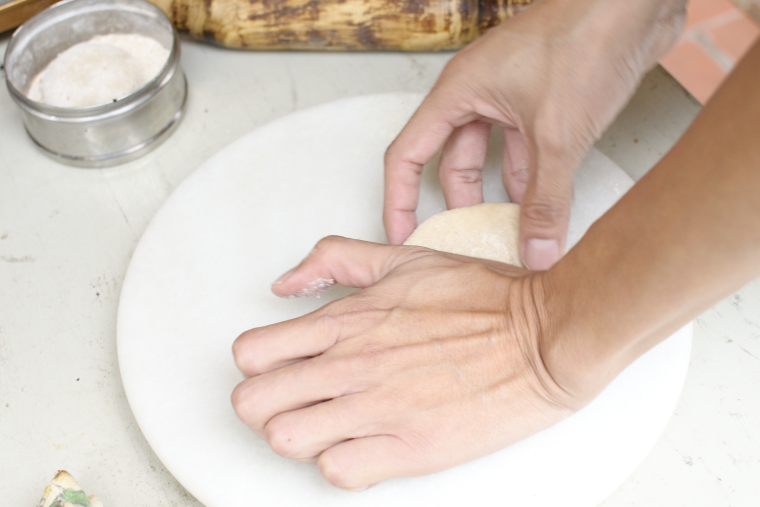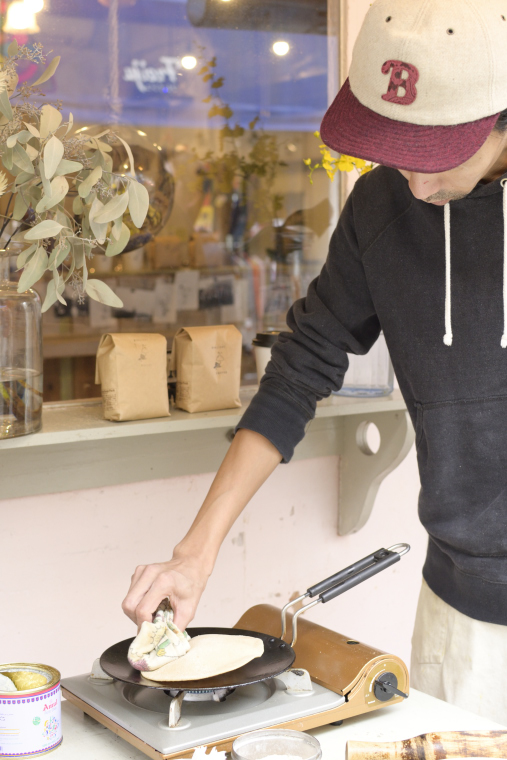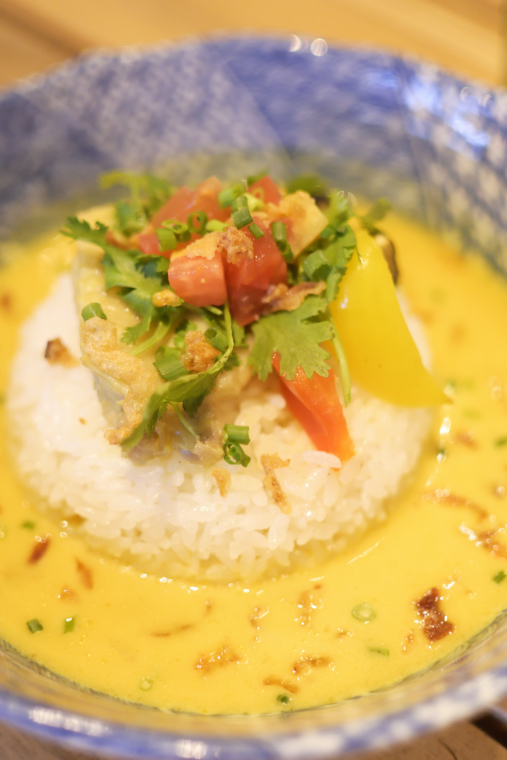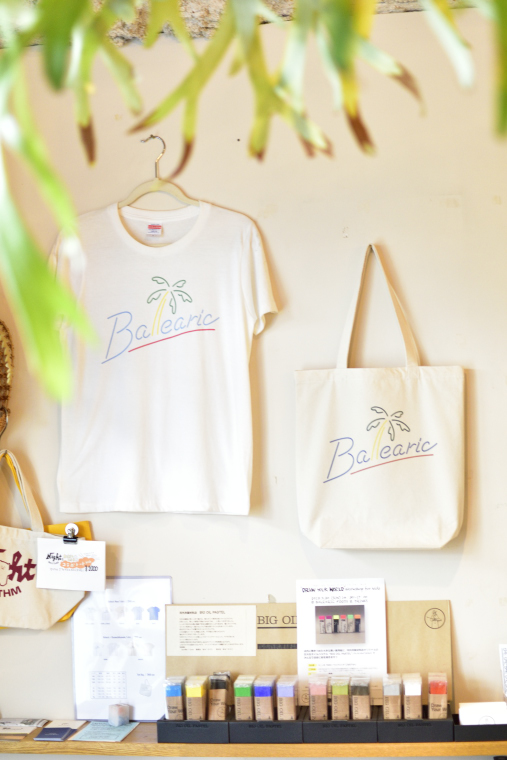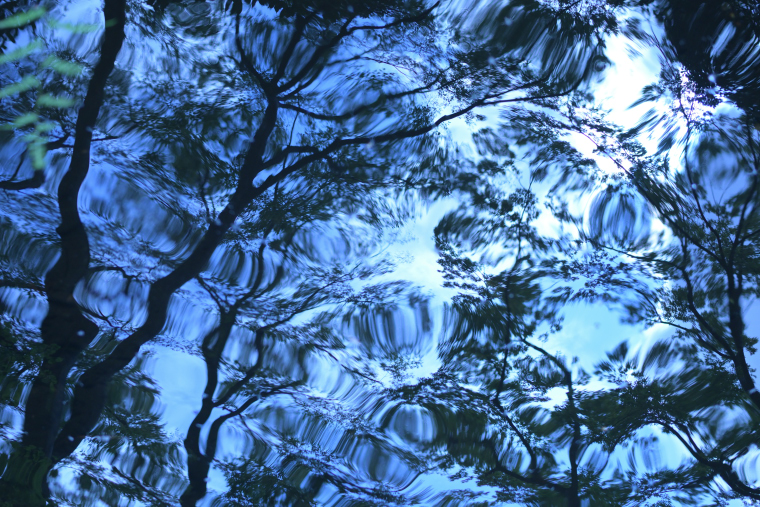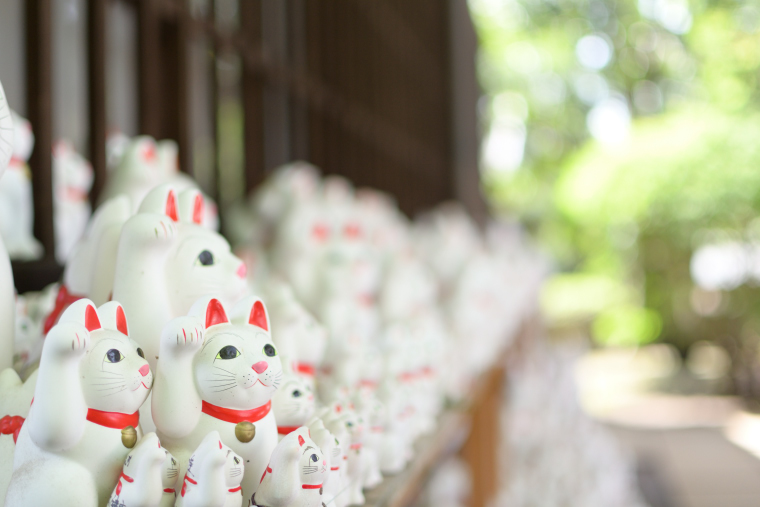35 mm/Wide-Angle Zoom Lenses—Street Scenes
Photos/Text: Yuki Mizota
Snapping Street Scenes
These are snapshots I took while walking through the district along the Setagaya
Line, where houses line the railway and children on their way to school wait at the
level crossings. I happened along just as the limited-run “Cat Train”
was on its way. Usually I select AF-S for snapshots, but in this case I chose AF-C,
as I wanted to take a series shots as the train approached (Sample Photo 1).
By including more than just the train in the shot, I was able to give viewers a feel
for the town through the weather, time of day, and the presence of passers-by.
I dropped by a nearby café for shots of a showcase full of delicious-looking
baking.
The “super vivid” effects mode produces surprisingly good results, adding
saturation and depth to reflections or to relatively colorless objects like these
muffins (Sample Photo 2).
I chose aperture-priority auto, selected a low
f/-number (large aperture), focused on the reflections in the showcase, and released
the shutter just as a train and pedestrians were passing by, blurring the muffins
and pastries and creating the curious effect of seeing them through water. Blurring
reflections adds nuance and depth while shooting them in focus creates a curious effect;
a lot of fun can be had by seeking out reflections (Sample Photo 3).
Taken at a wide angle from a point in the middle of the road, this shot shows a largely empty street rather than a street scene. I took this photo from inside the white line at a distance that emphasizes the stylish noren, a position I took up naturally after looking outside the frame and considering the stores I wanted to include in the composition and their size. The roadway running diagonally into the distance from the foreground helps viewers imagine the length of the street. Framing the shot as though one were just leaving a shop is one way of getting a photograph that adds depth and suggests the full extent of the subject (Sample Photo 4).
I used a wide-angle zoom lens for a dynamic shot of books lining the shelves in a book store, and a 35 mm lens for a natural-looking shot of a customer reaching for a book on the wall. I find that choosing a lens according to my subject makes it easier to get the photos I want (Sample Photos 5 and 6).
I met a person making chapatis at the front of their shop. They gave me their permission
for a photograph when I spoke to them, and I eagerly took a shot from as close as
I could.
Aiming for some cool shots, I took several photos, including
closeups of their hands at work (Sample Photo 7)…
…and wider shots that gave some sense of the shop (Sample Photo 8).
Although in landscapes you can photograph people without preamble, communication is
essential when shooting portraits: if you’re close enough for a greeting, you
can smile and wave, while if you want closeups you should ask first.
You
may also picture the shot you want in terms of lighting, contrast, or color. These
are important accents that affect the impression a photograph creates, so keep these
points in mind when framing your shots.
I added bokeh for an advertising-style
shot of curry in a blue dish. The complementary colors, yellow and blue, combine so
that you can almost see the fragrance of curry wafting from the dish (Sample Photo
9).
I found an angle where the overhanging leaves of a garden plant acted almost as a frame, adding color and depth to a stylish wall (Sample Photo 10).
Setting white balance to “incandescent” adds a strong blue cast
that lends the leaves reflected in the ripples of a pond surreal colors for a dreamlike
effect (Sample Photo 11).
For my last shot, I went to Gōtokuji, where I found a host of “beckoning cat” charms all in a row. The bright, hopeful angle I chose is perfect for good luck charms. I left some space in front of the main subject so that it would appear to be gazing into the sky while lifting its paw and defocused the background for a softer, brighter effect (Sample Photo 12).
When you take your camera with you on a walk about town, you find your eyes drawn to all sorts of things: buildings, scenery, shops, people, food. When on your way home you review the many photos you have taken, you find shots of everything you thought of interest and experience the happy sensation of having acquired many new memories. You will also notice how important your choice of lens is not only to capturing your surroundings and adding perspective, in the case of wide-angle zoom lenses, or capturing natural angles and adding blur in the case of 35 mm prime lenses, but also to creating appealing photographs. Taking snapshots may seem easy, but it can be a difficult art to master, and yet there is much pleasure to be had in capturing through your subjects things that cannot be seen, only felt.
Tips: Taking Snapshots with
a Standard Prime Lens
Tips: Taking Snapshots of
Street Scenes with a Standard Prime Lens
Tips: Taking Snapshots with
a Wide-Angle Zoom Lens
Tips: 35 mm/Wide-Angle
Zoom Lenses—Flowers and Farmyards
Thanks to: aminchi/nostos books/Balearic Bar and Restaurant/Marusho Ariku/Gōtokuji


